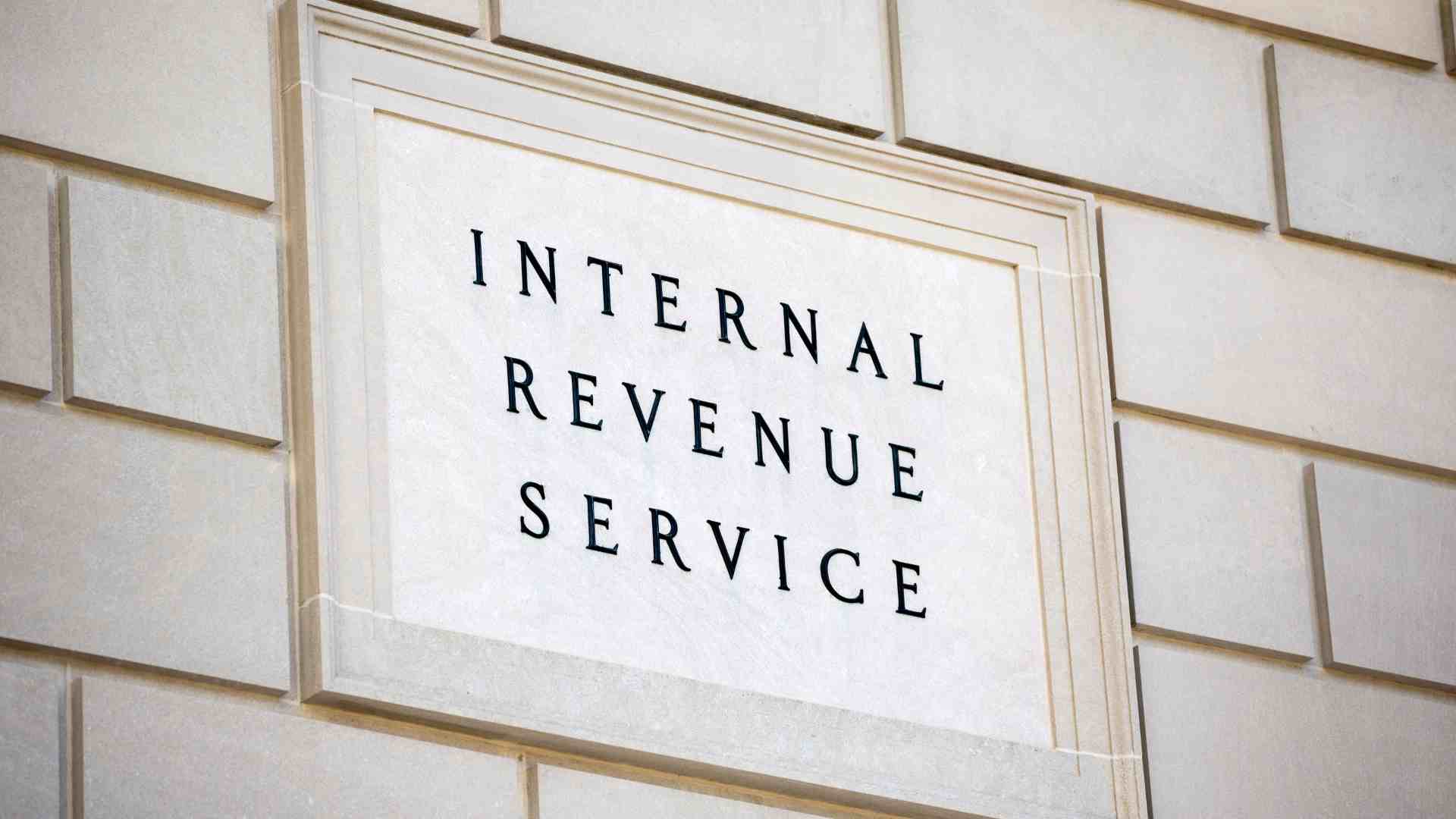Torben Robertson
9 mins
IRS Rules for Mileage Reimbursements
The IRS rules for mileage reimbursements govern FAVR car allowances and cents per mile programs that use the standard rate of 62.5 cents.

What are the IRS mileage reimbursement rules?
Internal Revenue Service (IRS) mileage reimbursement rules depend on the kind of mileage reimbursement program that you or your company implements. A mileage reimbursement program is a program that repays drivers who cover business miles in the personal vehicle. There are three primary kinds of these programs that the IRS rules cover.
If you’re not familiar, mileage reimbursements are repayments to employees for the vehicle expenses they incur while driving their personal car for business use. The Internal Revenue Service (IRS) has rules for how these reimbursements can be made, so that employees don’t pay income tax and employers don’t pay payroll tax on legitimate travel expenses.
Rules for IRS standard rate reimbursements
The simplest of these programs is the IRS standard mileage rate program, often called a cents per mile (“CPM”) program. It is the simplest because it only has one rule. The rule for a cents per mile program is that you have to reimburse your drivers at or below the IRS standard rate.[1] The IRS mileage reimbursement rate is, for the second half of the 2025 tax year, 70 cents per mile.[2]
If you are a business owner reimbursing your drivers—or if you as a self-employed driver reimburse yourself—at 62.5 cents your mileage reimbursement is tax free. You can also on this kind of program, pay anything under the IRS standard rate. So anything less than that figure of 62.5 cents is also going to be tax free.
But if you pay anything over the IRS mileage rate, the difference is taxed. So you are more than welcome to pay $0.70 per mile, for example, to your employee Just keep in mind that 7.5 cents per mile will be treated as taxable income and taxed at your employees personal tax rate. You’ll also have to pay payroll tax on those 7.5 cents So that is the simplest style of mileage reimbursement And there are other styles as well.
The two other primary styles of reimbursement for business mileage. These are FAVR, fixed and variable rate; and what’s called a tax free car allowance, which is an accountable allowance based on the IRS publication 463. These two programs, unlike CPM, are based on actual expenses rather than on the standard rate.
Rules for FAVR car allowances
I’ll start by explaining fixed and variable rate FAVR reimbursement rules. These reimbursement rules are quite a bit more complex than the cents per mile rules. This is because the IRS wants to make sure that reimbursement programs do not become clandestine forms of income for employees, rather than repayments for legitimate work-related expenses.
FAVR reimbursement rules fall into a few categories. They cover the cost of vehicles that you or your employees are allowed to drive. They include a minimum number of miles that your employees need to drive, and a certain number of employees that you have to have on your program. These rules also include the age of vehicles on the program. Let’s break that down:
Minimum number of drivers
In order to run a FAVR reimbursement program that conforms to IRS rules you must have at least five drivers on the program.[3] So already you can see that this is a program for companies of a certain size. It might well be a small company; you might have 15 employees, five of whom drive for work. In that case, you can run a FAVR program within your company.
Minimum number of miles driven
So once you have identified your five drivers, you need to see how far they’re driving per year. And the minimum number of miles is 5000.[4] So if your five drivers are only driving 2000 work-related miles each per year, they don’t qualify for a FAVR program and you can’t reimburse them with this methodology.
Maximum and minimum vehicle MSRPs
Now there’s car price and age. There is a maximum for how much cars can cost on a FAVR program. Note that this doesn’t refer to the actual cost of the employee’s car. It refers to a standard hypothetical vehicle that you base your reimbursements on for your whole company. This is called a program standard vehicle, and the maximum cost for the program standard vehicle is $56,100 at the time of writing.[5] This number changes annually or semiannually.
Your program standard vehicle is set in your company reimbursement policy and it does affect your team in one way, however they do not have to buy the specific car stated in your reimbursement policy.
You can also set your program standard vehicle anywhere lower than the aforementioned figure as well. But you’re allowed to set it up to $56,100. So you can have a base model Ford Maverick at your company. The base XL model, has a starting MSRP of $23,670. Or you can have a more expensive car. You could have, for example, a base model 2023 BMW four series which has a starting MSRP of $46,895 Now either of these cars are acceptable to the program and conform to IRS rules.
However, keep in mind that which car you pick does affect the cars which your employees are permitted to drive on the program. And that is because employees on a FAVR program have to have cars that when purchased had an MSRP of at least 90% of the program standard vehicle’s MSRP.[6] So what that means is if you have selected a 2023 BMW four series for your program standard vehicle, your employees cannot buy a Ford Maverick base model and drive tax-free.
They are more than welcome to buy that car and drive it for work. But they will see some tax on their reimbursement. And the logic of these IRS rules is fairly plain: it is that you shouldn’t be reimbursed for a BMW sports car if you’re driving a budget Ford pickup. The car expenses for which you would be reimbursed would be significantly higher than the expenses which you would be actually incurring. So your employees need to spend at least 90% of the program standard vehicles MSRP.
Retention cycles
A retention cycle is used to calculate depreciation payments on vehicles. Retention cycles in your mileage reimbursement program must be longer than 2 years.[7]
So once you have established all of those things within your program, you have a FAVR program that is compliant with IRS rules for mileage reimbursement. Your team won’t see any deductions on their tax return so long as they remain compliant with all of the above. Nor will businesses need to calculate payroll tax deductions. Follow the IRS rules, and legitimate business expenses like these are tax-free.
Tax-Free Car Allowance (IRS publication 463) rules
Now, the last program is a tax free car allowance program, and this one is simpler than FAVR. Sometimes these programs are called “accountable car allowances” because they are simple car allowances but with all business expenses accounted for. The only real rules are that you have to compare your team’s reimbursements to the IRS rate, and that you have to keep track of your mileage expenses.
You can reimburse in whatever style you like. You can have a single variable rate, like 62.5¢. You can have a single flat rate allowance, for example, $700 per month. Or you can have a FAVR-style program which reimburses for fixed and variable costs with two different sums.
You can have whatever reimbursement program you like just as long as at the end of the day, you compare your driver’s reimbursement to the IRS standard rate and you remove payroll and income tax from the delta. So if your tax free car allowance, IRS 463 reimbursement works out to an average of $0.70 per mile instead of 62.5 cents per mile, the difference is taxed.
All information about calculating tax-free car allowances can be found in IRS publication 463.[8]
Mileage tracking and record keeping
Now, there is another rule with TFCA, and this actually applies to all of the programs which we have already discussed, and that is you need to keep records in order to run a reimbursement program.
You need to have a high standard of record keeping relevant to the program. And the most important thing that you need to keep for IRS regulations is a mileage log.
Now, this log can be electronic or it can be a paper log. But it needs to include a certain amount of information, and that is the starting odometer for a business trip, the ending odometer, the total mileage and the business purpose of the trip, the address of the destination; and any additional expenses like tolls etc., incurred during the business trip.
The best way to capture this is with a mileage tracking app, although in the past people used paper mileage logs as well. This is a nuisance for drivers, but it is still satisfactory to the IRS.
Here’s an image of a business mileage expense log, and mileage tracking apps capture the same exact info, just without the hassle of writing anything down.

IRS rules change over time
Now one thing to note is that IRS rules for mileage reimbursement change annually or semiannually. At the beginning of 2022, the IRS standard rate was 58.5 cents. But halfway through the year due to rising fuel prices, the IRS changed their guidance and raised the rate to 62.5 cents per mile.
Commuting
Commuting is generally not allowed to be reimbursed tax-free according to IRS rules.[9]
Sign up for our newsletter about mileage reimbursements
So given that the rules change often enough you need to stay up to date and we have the solution. Car Data’s Newsletter includes timely information about changes in IRS policy to vehicle reimbursements for vehicle reimbursement programs. And you can sign up by clicking this link. We look forward to being in touch.
Disclaimer: nothing contained in this blog post is legal or accounting advice. Consult your lawyer or accountant and do not rely on the information contained herein for any business or personal financial or legal decision making.
Bibliography
[2] IRS increases mileage rate for remainder of 2022 | Internal Revenue Service
[3] Revenue Procedure 2000-48 | Internal Revenue Service
[4] Rev. Proc. 2009-54 | Internal Revenue Service
[6] Revenue Procedure 2000-48 | Internal Revenue Service
[7] Rev. Proc. 2009-54 | Internal Revenue Service
[8] Publication 463 (2021), Travel, Gift, and Car Expenses | Internal Revenue Service
Share on:


